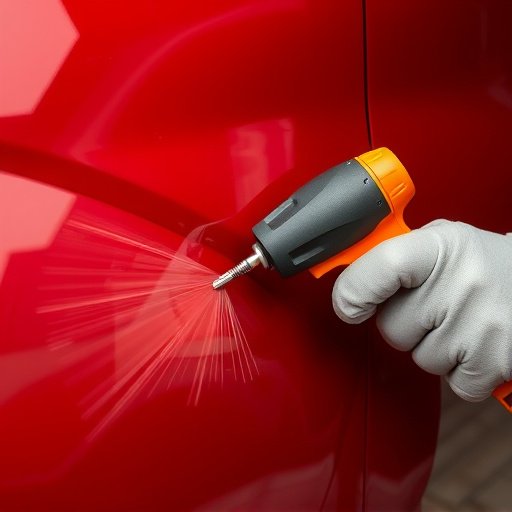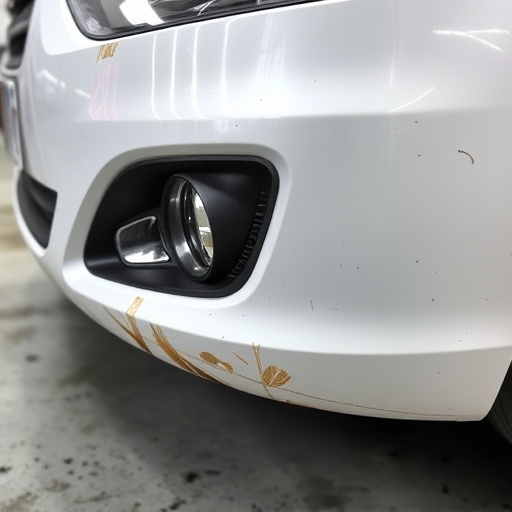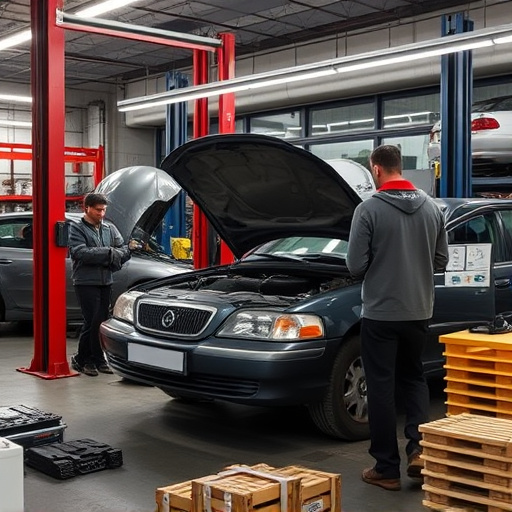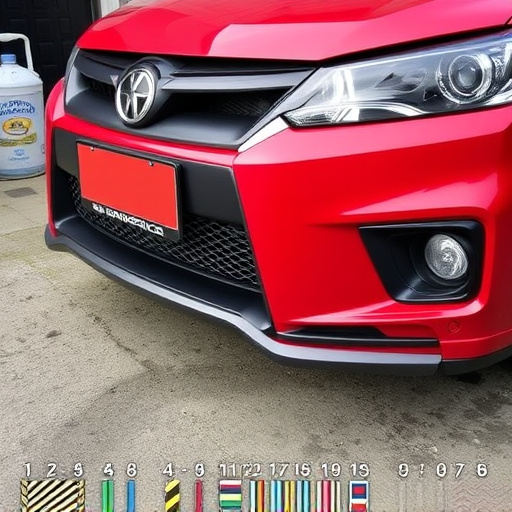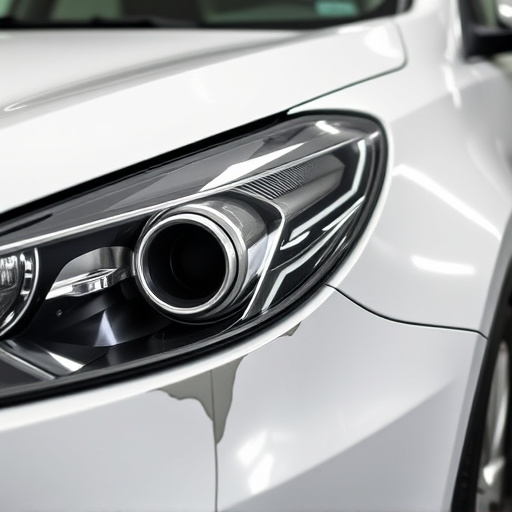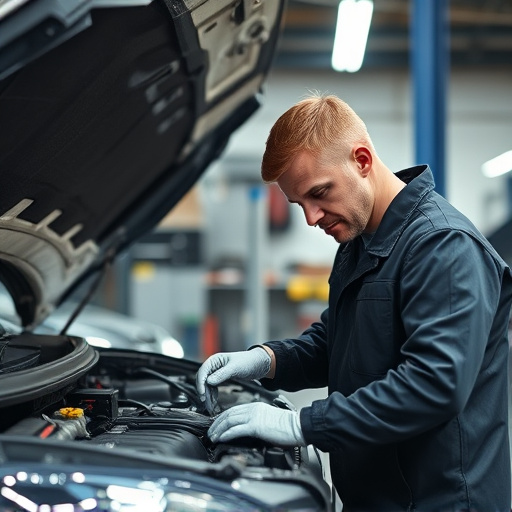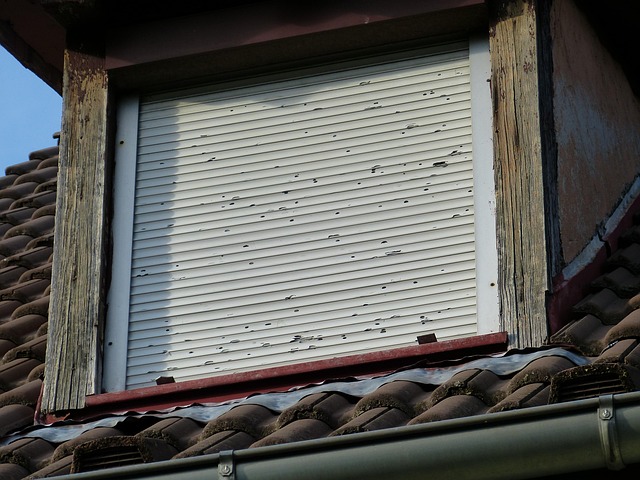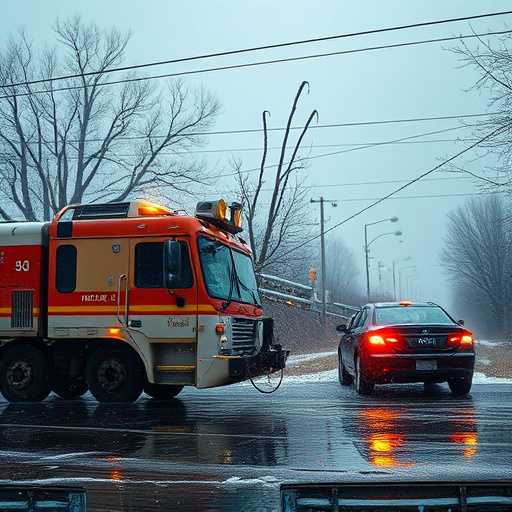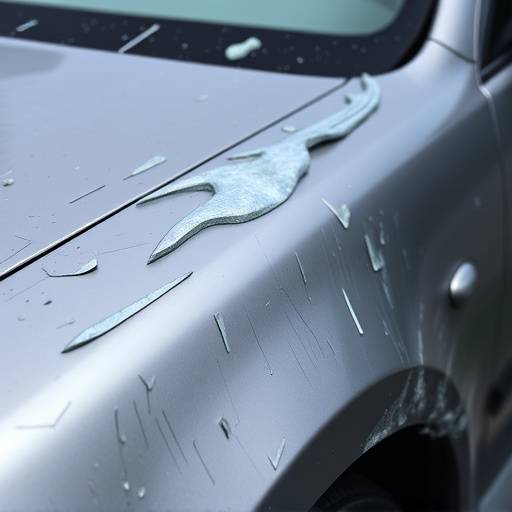Winter's harsh conditions lead to significant vehicle corrosion through cold temperatures, moisture, and road salts. Prompt action, focusing on rust repair after winter damage, is crucial to prevent minor issues from turning into costly repairs. Rust inhibitors are essential tools that create protective barriers on metal surfaces, enhancing durability and maintaining high-quality standards in both vehicle restoration and fleet repair services. The strategic rust repair process involves thorough inspection, cleaning with a wire brush, applying specific inhibitors or primers, and regular maintenance for long-lasting protection.
As winter’s chill sets in, so does the risk of damaging rust on vehicles and metal structures. Understanding rust repair after winter damage is crucial for effective maintenance. This article delves into the critical role of rust inhibitors in repairing and preventing winter-induced corrosion. We’ll explore how these inhibitors work, their benefits, and practical application tips to ensure your assets withstand the season’s challenges. By implementing these strategies, you can protect against costly repairs and keep your metal surfaces strong.
- Understanding Winter Damage and Rust Formation
- The Function of Rust Inhibitors in Repair
- Effective Application and Maintenance Tips
Understanding Winter Damage and Rust Formation

Winter can be a harsh season for vehicles, leading to various forms of damage that require meticulous repair and attention. One of the most common issues faced during this period is rust formation, which can significantly impact different parts of a car, from the exterior panels to the underbody. Understanding how winter conditions contribute to rust damage is crucial in devising effective rust repair after winter damage strategies. The cold temperatures, coupled with moisture and varying levels of salt or sand used for de-icing roads, create an ideal environment for corrosion.
When metal surfaces are exposed to these elements, water molecules can penetrate tiny cracks and crevices, initiating the rusting process. Over time, this can result in weak spots that compromise structural integrity. For instance, car bumpers, frames, and other exterior components often suffer severe damage, requiring bumper repair or even frame straightening. Vehicle restoration experts emphasize the importance of prompt action to prevent minor issues from escalating into costly repairs, ensuring vehicles are ready for the next winter season.
The Function of Rust Inhibitors in Repair

Rust inhibitors play a pivotal role in effective winter damage repair strategies. After harsh winter conditions, vehicles and structures often suffer from rusted components due to exposure to moisture and cold temperatures. Applying rust inhibitors as part of the repair process is essential for preventing further corrosion and ensuring longevity. These inhibitors create a protective barrier on metal surfaces, hindering the advancement of rust and facilitating efficient restoration.
In the context of both vehicle restoration and fleet repair services, incorporating rust inhibitors into the aftercare regimen is crucial. Similarly, for automotive repair services focusing on winter-damaged vehicles, professionals can rely on these inhibitors to enhance the durability of repairs. By neutralizing existing rust and safeguarding against future corrosion, rust inhibitors contribute significantly to the overall quality and reliability of restoration efforts.
Effective Application and Maintenance Tips

After enduring the harsh winter conditions, many vehicles suffer from rust damage, particularly in areas with high moisture levels. Effective rust repair after winter damage involves a strategic approach to application and maintenance. Begin by thoroughly inspecting your vehicle for affected panels, especially around wheel wells, doors, and fenders. Once identified, clean the area with a wire brush to remove loose rust and debris before applying a suitable rust inhibitor or primer designed to combat corrosion.
For long-lasting protection, regular maintenance is crucial. This includes reapplying rust inhibitors as needed, especially in areas prone to recurrent moisture exposure such as the undercarriage. Additionally, consider incorporating tire services and automotive body shop treatments like sealing coats during routine maintenance to further shield your vehicle from future rust damage.
Rust inhibitors play a pivotal role in repairing winter damage, offering effective protection against corrosion. By understanding how these inhibitors work, homeowners can ensure their properties remain in top condition. Implementing proper application techniques and regular maintenance is key to preventing future rust damage during the colder months. Incorporating rust repair strategies into your annual winter preparation will safeguard your assets and preserve their longevity.

